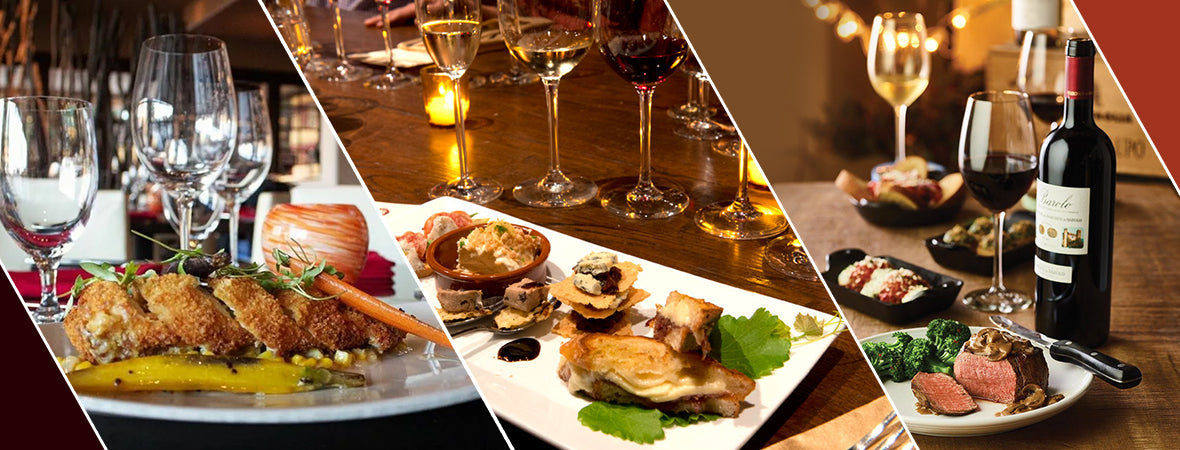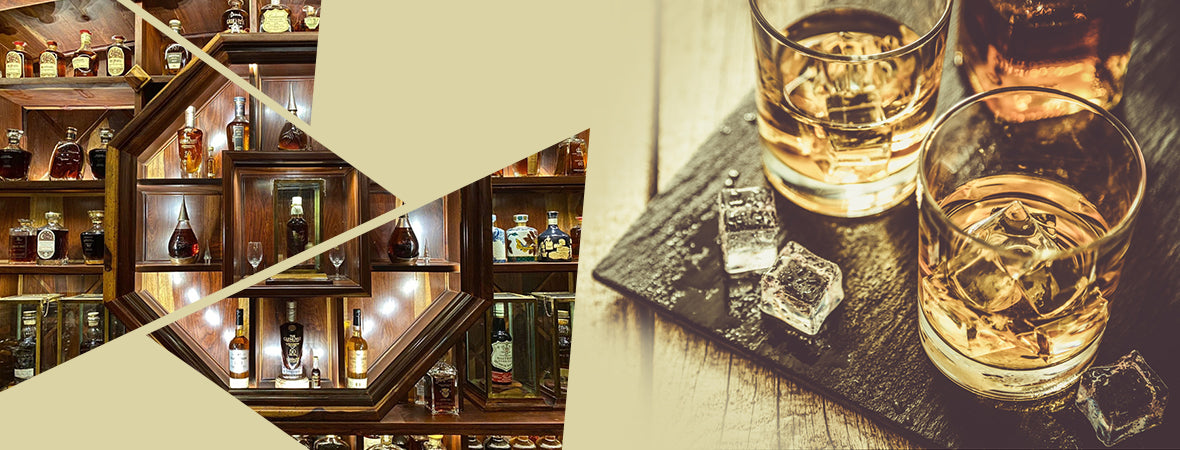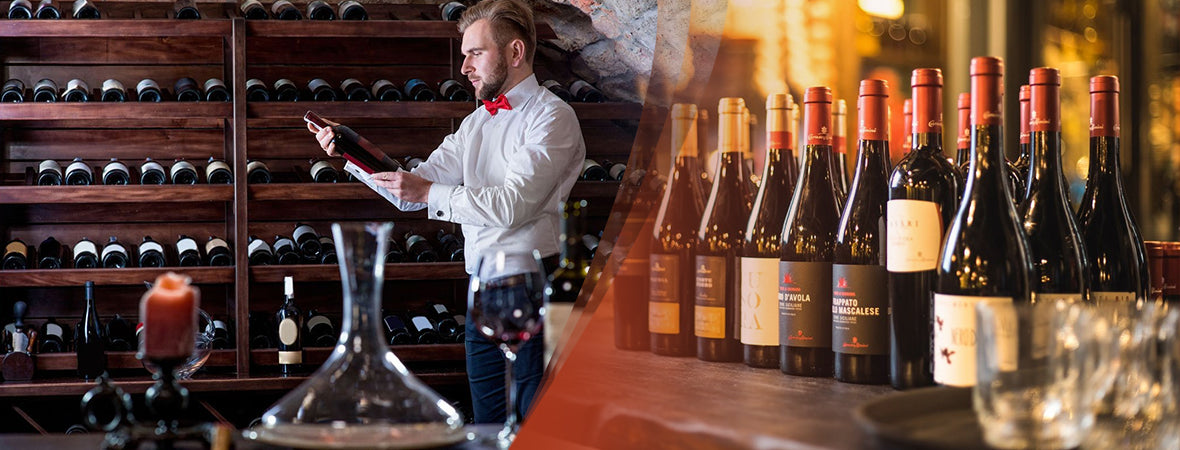In this complex beautiful world there are different types of humans that live together; wine is no different. There are different styles, and types, of wine that can be enjoyed for different purposes and different occasions. From the deep flavored red wine, to the sweet light dessert wines, each style of wine has their own qualities that make them stand out and separates themselves from the other wines; distinguishing themselves. But what makes a wine different? The answer to that is that there are many reasons why a wine can be different and one of those reasons is the way the wine is produced.
Sparkling wine is one of those many different styles of wine; what is sparkling wine? Sparkling wine is wine with a high amount of carbon dioxide which makes the wine “fizzy”. It is a dessert wine which can either be red, rose or white. But sparkling wine is generally white. A good example of sparkling wine is champagne. Now all wines are made from grapes, this is true, but all wine styles are made differently, the way sparkling wine is produced starts just as any other wine, with the grapes. Grapes that are normally picked for Sparkling wine are usually a blend of Chardonnay, Pinot Noir and Pinot Meunier, these are the more common, but aren’t the only grapes used. The grapes are picked, stemmed (sometime) then crushed; now the pressing of the grapes into juice is done quickly so that they can be kept white. From this point the production of sparkling wine is fairly similar to all other wines, they are placed in a vessel that will allow the grape juice to undergo the first stage which is fermentation. During this first stage of fermentation, the process is pretty much the same as any other wine. Some yeast may be added into the must (another name for the grape juice) which will cause the sugars in the grapes to be converted and changed into alcohol and carbon dioxide. Again just like any other wine fermentation there are a lot of important conditions that must be kept in mind while the must goes through the first stage, temperature, type of vessel, how long, and etc. At this point the wine is not very pleasant.
Now after the first fermentation the wine has become a regular wine, the next step in the production of sparkling wine is the second fermentation, this is where it is a little different from the other wines. The blended wine is placed in bottles along with yeast and small amounts of sugar. It is corked with a temporary plug and stored in the wine cellar. Now during this second fermentation the carbon dioxide is trapped in the wine, the added amount of sugar will determine the pressure of the bottle. So the whole purpose of second fermentation is really to get more carbon dioxide trapped in the wine. So after the fermentation is complete, the lees from the wine must be removed. For this to happen the bottles undergo a process known as riddling. Riddling is when the wines are placed on special racks known as pupitres, which hold the bottles at a 45 degree angle. Once a day the bottles are given a slight shake and turn, alternatively on right then left, and dropped back into the pupitres, with the angle gradually increased. The purpose of this is that because of the angle of the bottles the rack causes a slight tap, pushing sediments towards the neck of the bottle. After a couple days the bottle is straightened up, with the lees settled in the neck. Manual riddling is still done but has largely been abandoned because of the high labor cost, most of the wines are now done with mechanized riddling equipment.
Once all the lees are on the neck of the bottle the next stage would be to remove those lees, this is called disgorging. Now traditionally when done manual this process would require a very skilled employee to do it, where they would remove the lees through using the crown cap and would not lose a lot of liquid and sugar would be added, but now a days through modern technology the disgorging process is done automatically through freezing a small amount of the liquid in the neck then removing that frozen plug. Now immediately after the disgorging the wine has a little sugar added to it, this practice of adding sugar after disgorging is known as dosage. The sugar is a mixture of the base wine and sucrose, with the addition of sulfur dioxide as a preservative. The amount of sugar determines the sweetness of the sparkling wine, the sugar previously in the wine having been consumed in the second fermentation. Fun fact about the adding of the sugar, its main purpose is not to sweeten the wine but to balance the high acidity of the sparkling wine. After all that is done the wines are then sealed and then placed in cellars for aging. There are many other methods to producing sparkling wine, but this would be the more traditional sense, some other alternative process includes an injection of CO2 from a carbonator. This way of producing wine is more for the cheaper wines; it is also a lot faster and more mass produced.





